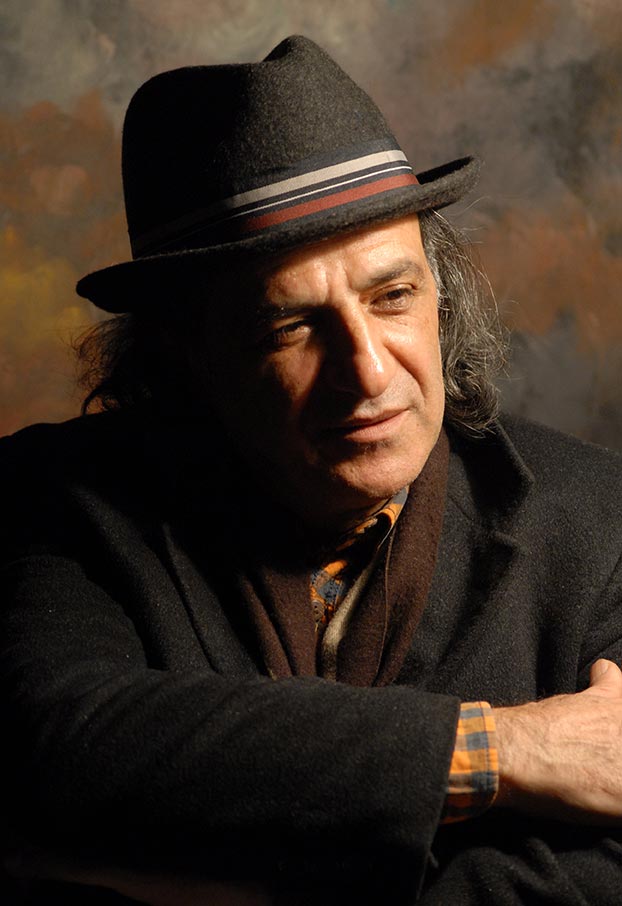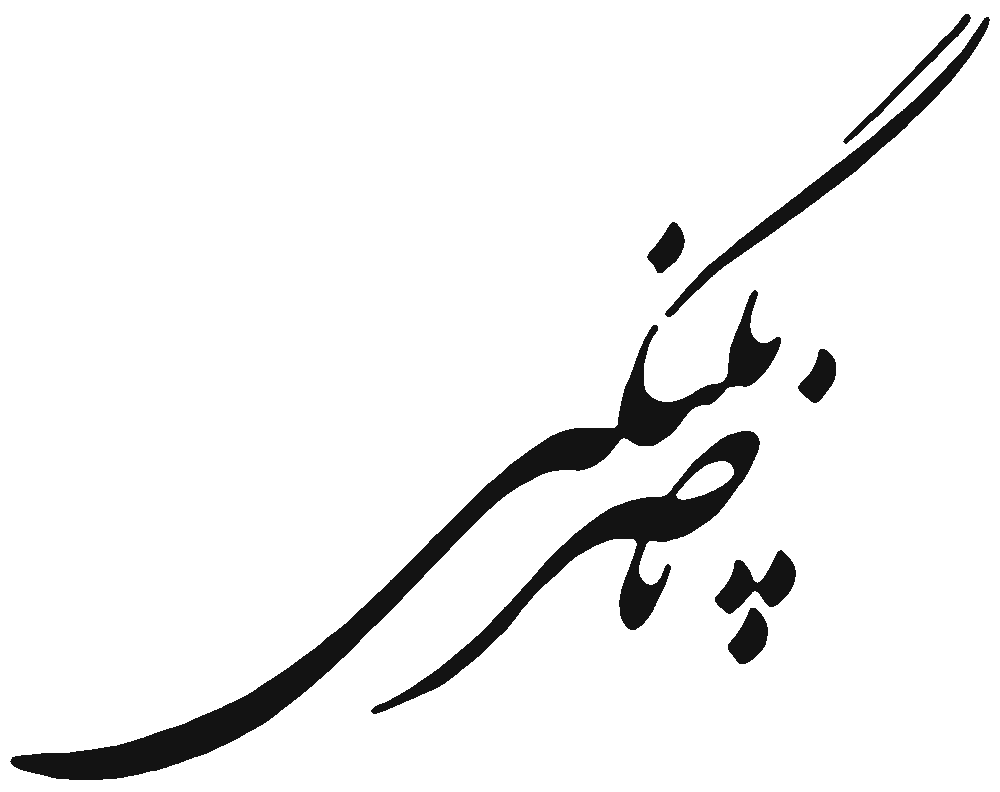Biography
Nasser Palangi (b. 1957, Hamedan, Iran) is a prominent Australian-Iranian multidisciplinary artist and lecturer. His creative journey has spanned continents, cultures, and artistic mediums, encompassing painting, installation, sculpture, photography, and digital art. This diverse range of mediums is a testament to his versatility and his ability to explore complex themes such as nature, heritage, history, and identity, particularly within the contexts of the Middle East and Australia. His works also address critical global issues, including ethics, politics, social dynamics, and sustainability.
Palangi’s art has not only garnered significant international recognition but also participated in major biennales such as the Beijing International Art Biennale, the Asian Art Biennale (Dhaka), the Dafen Oil Painting Biennale, and the Uzbekistan Art Biennale. His ability to engage with diverse cultural narratives has not only solidified his global appeal but also made his work universally relevant, underscoring his international impact and influence. This global recognition is a testament to his artistic prowess and the appreciation of his work by diverse audiences.
In 2001, the Australian government awarded Palangi a Distinguished Talent Visa in recognition of his exceptional contributions to the arts, particularly his innovative use of digital art and his exploration of multicultural themes. In 2022, he received a Golden Visa from the Emirates Government, further validating his global influence. As of 2023, Palangi resides in Sydney, Australia, where he continues contributing to Australian and international art scenes.
His works are housed in some of the most prestigious collections worldwide, including the Dafen Oil Colour Museum (2021–2023), the British Art Museum (2005), and the Tehran Contemporary Art Museum (1999). Additionally, Palangi’s art has been exhibited in galleries and museums across the United States, Europe, and the Middle East, further establishing him as a globally recognized artist.
Major Publications
• Methods of Subjective Design, Soroush Publishing Centre, Tehran, Iran– 2005
• Methods of Imaginary Drawing: An Educational Handbook, Tehran University Publishing, Iran – 1984
• Methods of Subjective Drawing: Educational Documentary, Iran Educational Centre – 2000
• Artistic Anatomy, Art and Cultural Centre, Iran – 1983

Artistic Vision
Nasser Palangi is a multifaceted artist raised in post-revolution Iran. He belongs to a generation of creatives who have skilfully woven together the tapestries of East and West to construct a new artistic language, one born of exile and cultural amalgamation. His artistic journey includes diverse mediums, a testament to his versatility and innovation. From the vibrant strokes of his paintings to the intricate compositions of his collages, the tangible forms of his sculptures, and the captured moments of his photography, Nasser traverses artistic terrain with an unyielding curiosity and an unwavering commitment to bridging cultural gaps.
Nasser’s signature style is narrative driven. Each piece of his work tells a story, but these narratives are not always readily accessible. They challenge the observer to dig deeper, to unravel layers of meaning and symbolism, inviting them to engage in a dialogue with the art itself. It is this enigmatic quality that makes his creations more captivating. Central to his artistic universe are the characters that populate his installations. These characters are not just random figments of imagination; they are born from his experiences and journeys through life. They represent hints of real personalities and cultural memories, offering a unique lens to explore the complexities of identity, exile, and the fusion of diverse traditions.
Nasser’s work is a testament to the power of art to transcend boundaries and connect disparate worlds. As an artist and academic, he continues to inspire and challenge audiences, inviting them to embark on a visual and intellectual exploration of the rich tapestry of his Eastern-Western fusion. In doing so, he invites us to reflect on our own journeys, the stories we carry, and the cultural intersections that shape our lives.
Nasser’s works are kept in private and public collections and Museums, including British Museum, Tehran Contemporary Art Museum and Dafen Oil Painting Museum in China.

